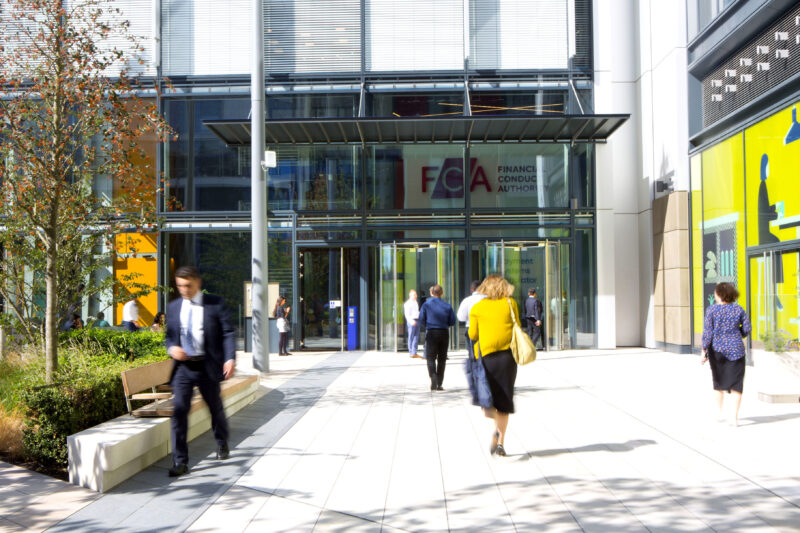6 November 2019
How showing last year's premium on renewal letters led to a reduction in switching

Alongside last month's interim insurance market study report, the FCA also published a paper evaluating the impact of its rules to force insurers to put last year's premium on customer renewal letters.
This seemed something that insurers should have been doing from the dawn of time. After all, while consumers may carry around the price of a loaf of bread or a pint of milk in their head, most of us will not be able to instantly recall what we paid for our car or home insurance last year.
When we get a letter telling us it's time to renew, we need our new price set in some kind of context to help us make an informed decision.
The insurance industry dealt with the remedy in its usual way. Some insurers embraced the idea, and put last year's premium front and centre on their renewal letters. Others tried to bury the information using smaller fonts or layout and colouring techniques to make the key information disappear.
Nevertheless, the rules were broadly adhered to and the FCA decided to do an evaluation of how effective they had been.
Counter-intuitive results
Bizarrely, while they seem to have stimulated more consumers to shop around in the car and pet insurance markets, the change in policy led to a reduction in shopping around in the home insurance market.
And when it came to the scale of renewal premiums, the FCA were able to determine that the impact of their remedy had successfully reduced car and home insurance renewal quotes - but had pushed prices up in the pet insurance market.
The paper includes plenty of suggestions as to what may have happened. In the pet market, the speculation is that insurers were so scared about the likely increase in switching that they pushed up their premiums to compensate.
In the home insurance market, the leading theory is that the sums of money that could be saved were not as great as people thought - and so they decided it wasn't worth switching.
Although this is a fun case study into the unintended consequences of regulation, my personal takeaway is that there's nothing in here to suggest this wasn't the right thing to do.
Furthermore, it powerfully makes the point to companies that greater disclosure is not always bad for business.
Those insurers who tried to hide last year's price did so out of fear it would materially increase switching levels. But clearly if the rise does not amount to too much in pounds and pence, it can have the opposite effect. Home insurance is a complicated product. And if the average saving from shopping around was only £16, most people just felt it wasn't worth the effort.
In car and pet, switching levels did increase - but only by a few percentage points.
Transparency is not to be feared
In our engagement with insurers, we regularly remind them that we believe their responsibility is to do everything they can to help their customers make the best decision.
That has to include telling them what last year's premium was, and how much it has increased by this year. But as long as they've been open and upfront about that, they may be pleasantly surprised at the number of customers who still won't switch. Indeed, in some markets it may have the counter-intuitive effect of reducing switching.
In short, transparency is nothing to be afraid of - and this paper provides some proof to that concept.

